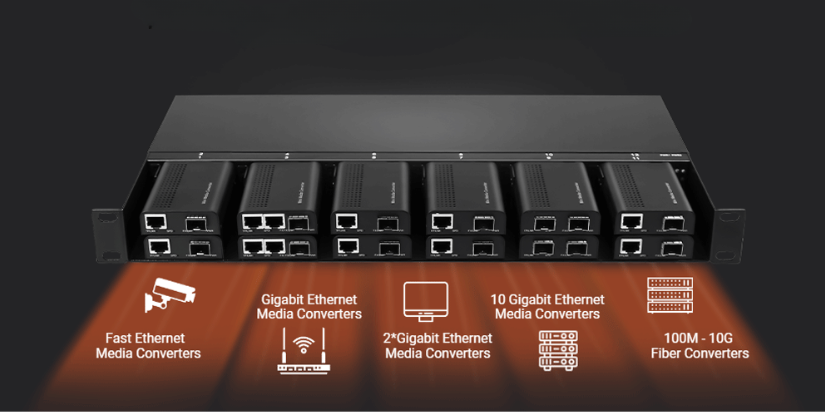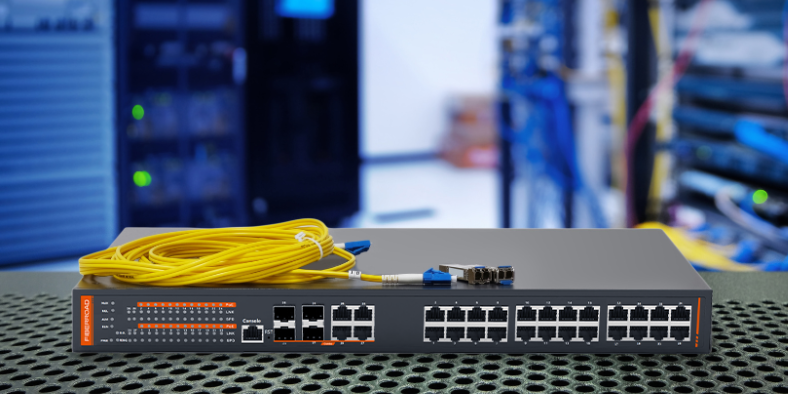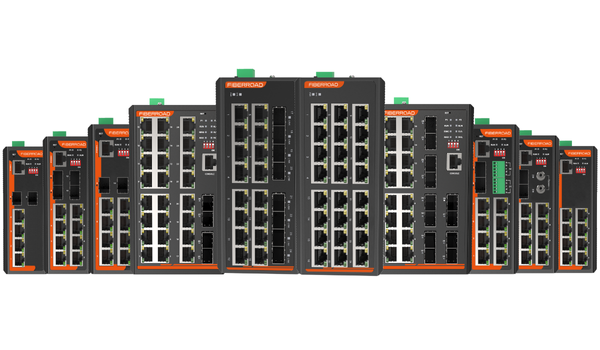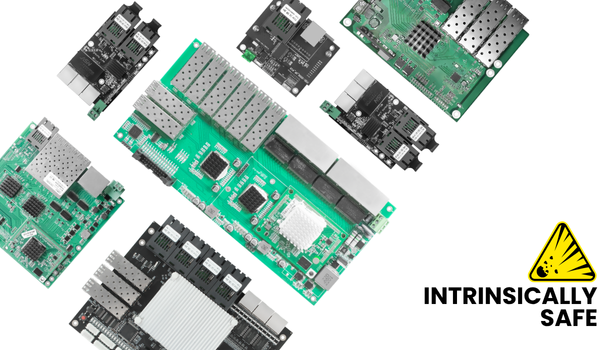Highway Tunnel Network Connectivity
Highway and railway tunnels in mountainous regions require advanced safety and monitoring systems to ensure smooth operations. Beyond essential features like fire suppression, ventilation, traffic signalling, and lighting, modern tunnels must also integrate real-time data transmission capabilities. This allows critical monitoring information—such as structural integrity, air quality, traffic flow, and emergency alerts—to be automatically relayed to remote control centres. By enabling instant communication between tunnel systems and network operators, potential hazards or malfunctions can be promptly addressed, minimising risks and ensuring rapid response in case of accidents or system failures. Such connectivity is vital for maintaining safety, operational efficiency, and quick emergency interventions in these confined and high-risk environments.
Difficulties in Deploying Highway Tunnel Network Connectivity
Harsh Environmental Conditions & Signal Propagation Challenges
Highway tunnels present a difficult environment for network deployment due to their enclosed, often curved structures, which hinder wireless signal propagation. Traditional cellular signals struggle to penetrate deep into tunnels without specialised solutions like leaky feeder cables or distributed antenna systems (DAS). Additionally, factors like humidity, temperature fluctuations, vehicle emissions, and vibrations can degrade network equipment performance, requiring ruggedised and maintenance-intensive infrastructure.
Integration of Multiple Disparate Systems
Modern tunnels require seamless connectivity between various subsystems—fire safety, ventilation, traffic monitoring, emergency communications, and lighting—each often operating on different protocols and vendor-specific technologies. This lack of standardisation creates interoperability challenges, making it difficult to establish a unified network that can efficiently relay real-time data to control centers for monitoring and emergency response.
High Costs & Scalability Limitations
Deploying and maintaining a reliable tunnel network involves significant investment in infrastructure (fiber optics, repeaters, backup power) and ongoing maintenance. Many existing systems were designed with limited bandwidth, making upgrades necessary to support future technologies like 5G, IoT sensors, and vehicle-to-infrastructure (V2I) communications. Retrofitting older tunnels with modern connectivity solutions is particularly expensive and complex, often requiring phased implementations to avoid service disruptions.
Fiberroad Highway Tunnel Network Connectivity
Highway tunnels demand robust, always-on connectivity to support critical safety systems such as fire detection, ventilation control, traffic monitoring, and emergency communications. Fiberroad’s Highway Tunnel Network Connectivity solution addresses these needs through a layered, intelligent network architecture that enhances reliability, security, and operational efficiency.
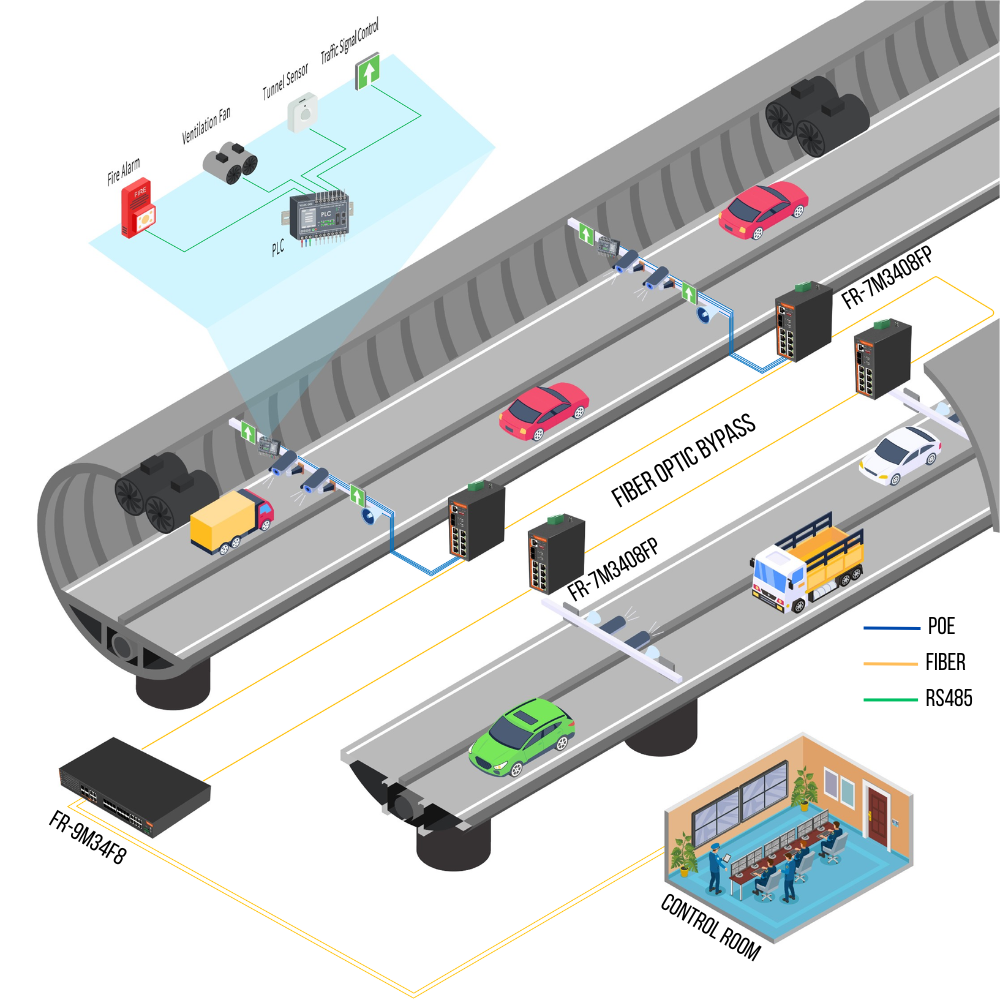

Redundant & Self-Healing Network Topology
The solution leverages ring topology with bypass switches, ensuring uninterrupted connectivity even if a node fails or loses power. This redundancy prevents single points of failure, maintaining continuous data transmission for real-time monitoring and emergency response.

Secure & High-Speed Optical Fiber Transmission
Unlike traditional copper-based networks, Fiberroad’s solution uses fibre-optic communication, providing long-distance, high-bandwidth, and interference-free data transmission. This ensures secure and stable connectivity, even in harsh tunnel environments.

Simplified Maintenance & Future Upgrades
The system supports user-friendly Web-based configuration, allowing network administrators to perform remote troubleshooting, firmware updates, and topology adjustments with minimal downtime. This reduces operational costs and ensures seamless scalability for future technological advancements.
Fiberroad Highway Tunnel Network Connectivity Related Products

Industrial PoE Network Switch with Optical Fiber Bypass
FR-7M3408FP
The Industrial PoE Network Switch with Optical Fiber Bypass is a rugged, high-performance networking solution designed for mission-critical environments such as highway tunnels, industrial automation, and smart transportation systems. Combining Power over Ethernet (PoE) support with fibre-optic redundancy, this switch ensures uninterrupted data transmission even in harsh conditions, making it ideal for applications where network reliability is non-negotiable.

16xGigabit SFP+8xGigabit RJ45 Managed Industrial Ethernet Switch
FR-9M34F8
The 16xGigabit SFP + 8xGigabit RJ45 Managed Industrial Ethernet Switch is a robust, high-speed networking solution designed for mission-critical industrial applications. Combining 16 fiber-optic SFP ports and 8 copper RJ45 ports, this switch delivers flexible, high-bandwidth connectivity with advanced management features for reliable operation in harsh environments.


